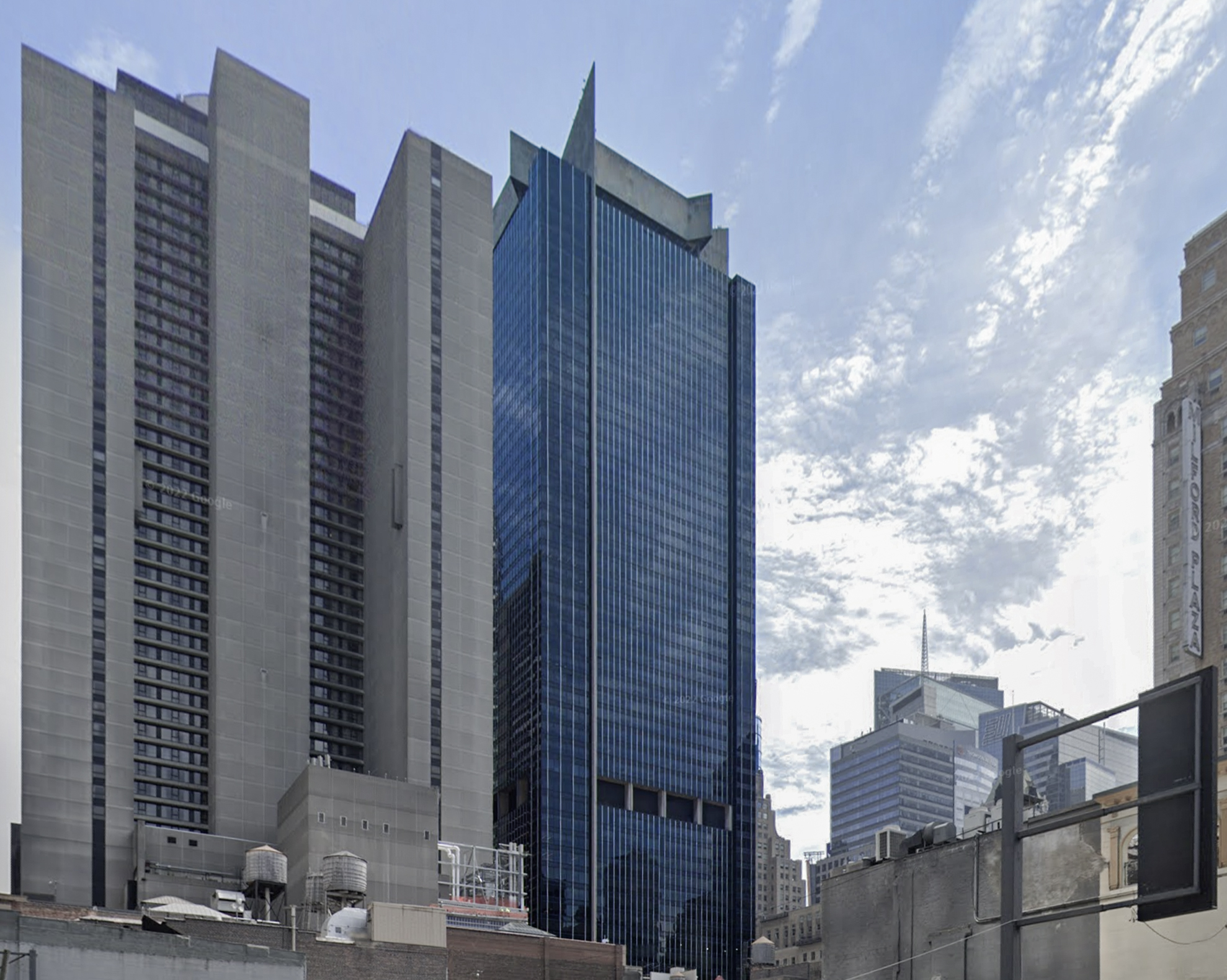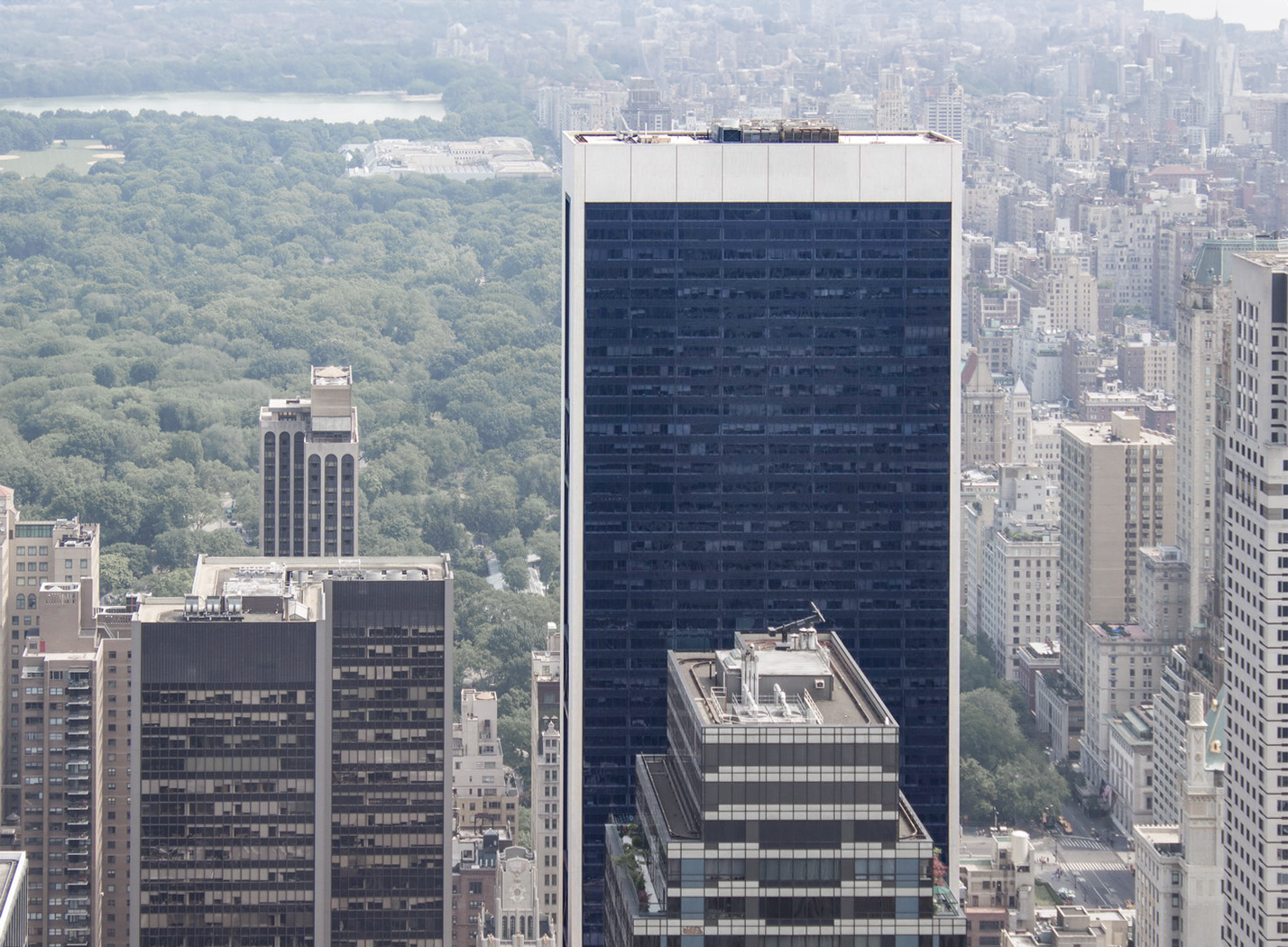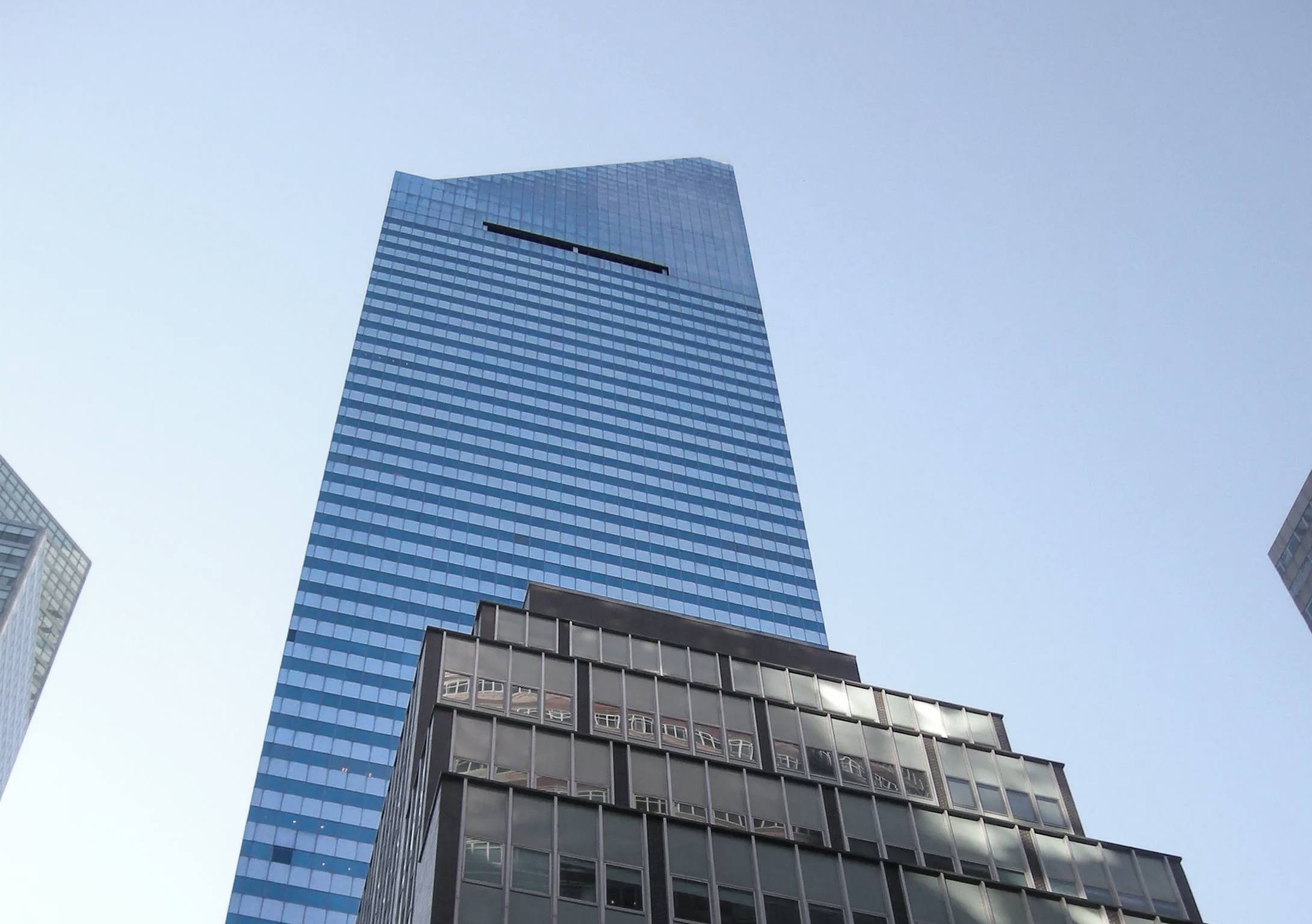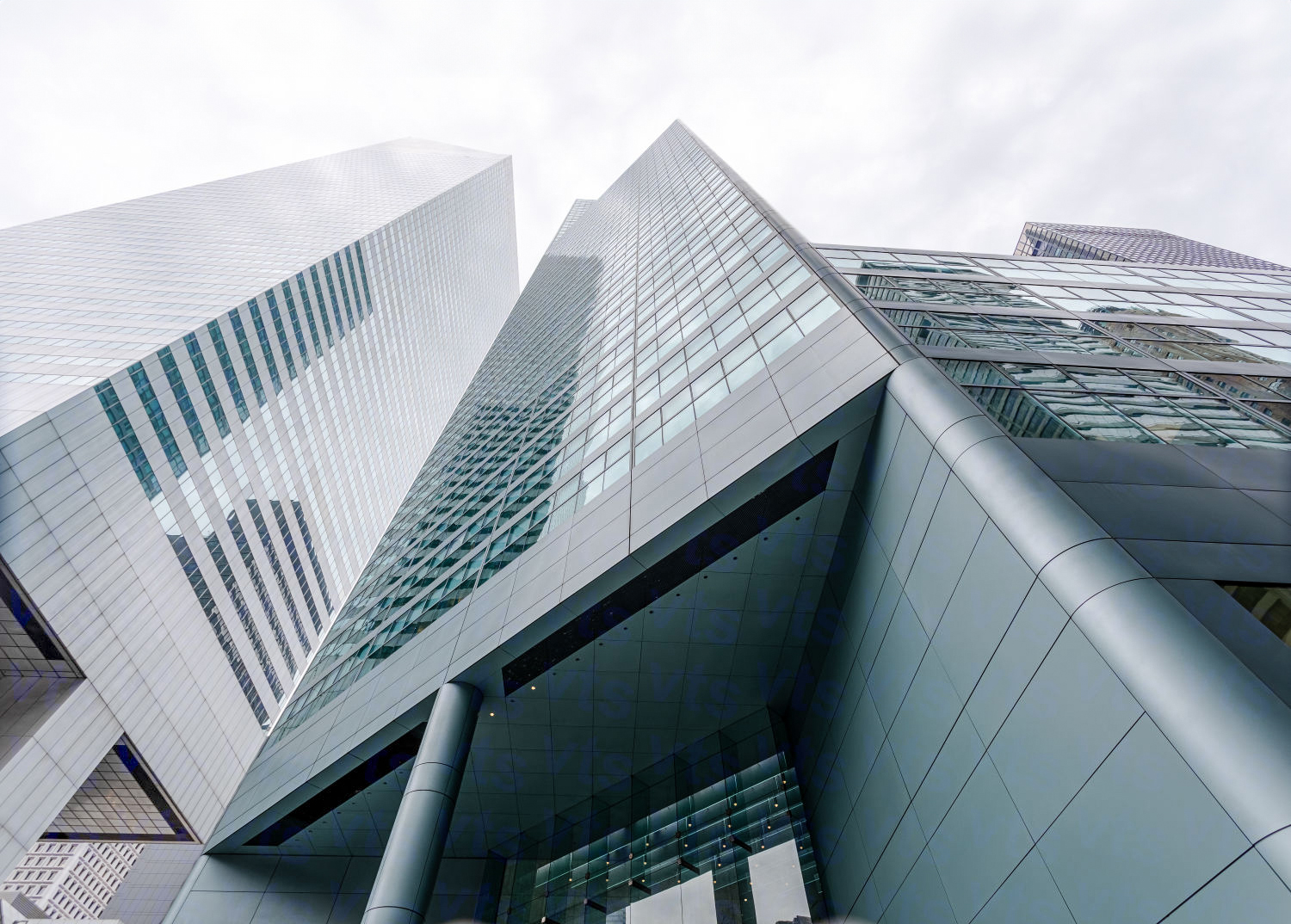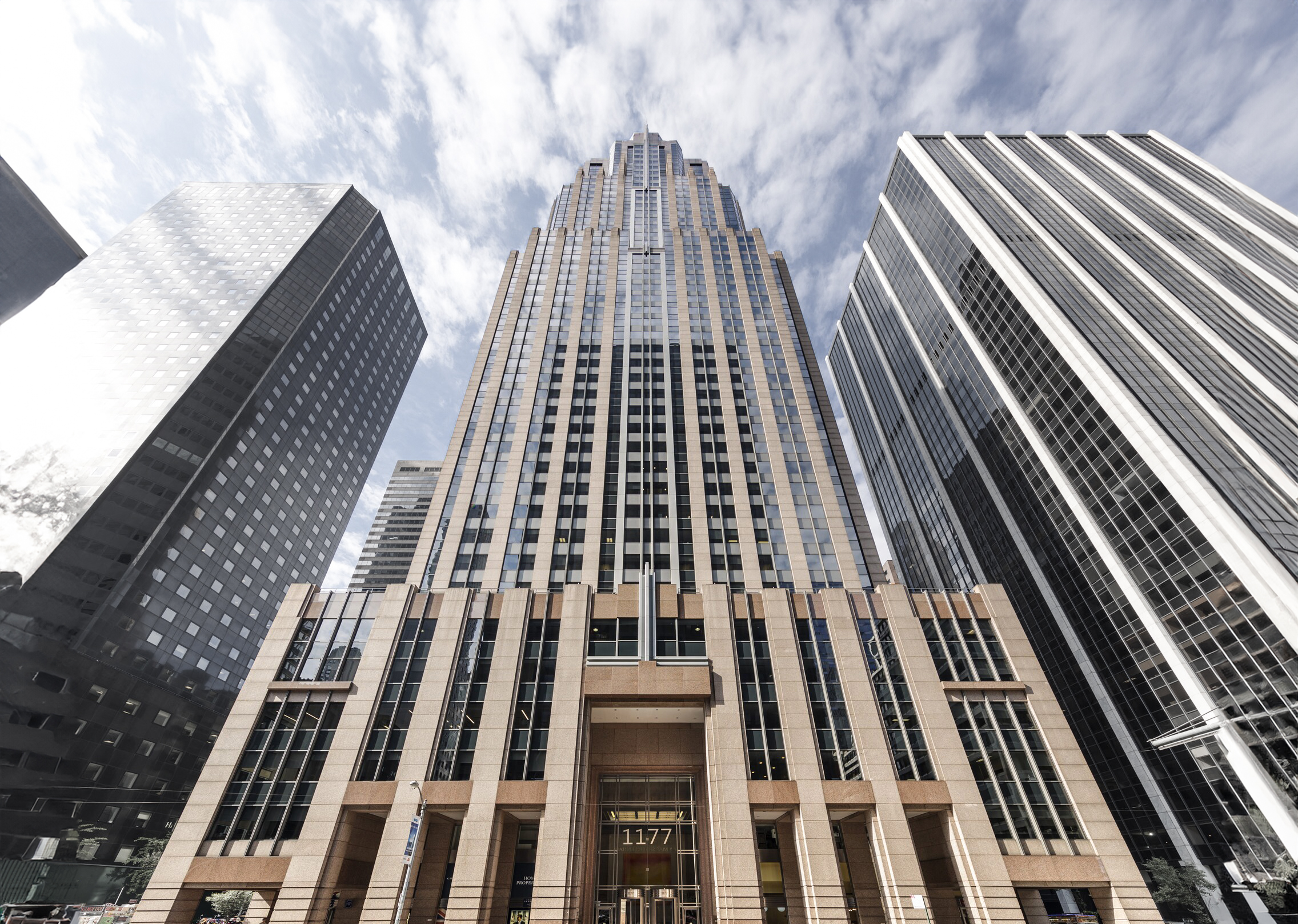The Trump Tower is a Modern Style skyscraper designed between 1978 and 1980 by Swanke Hayden Connell Architects, with Der Scutt as lead architect, and built between 1980 and 1983, for a reported $300 million dollars, in New York, NY.
Its precise street address is 721 5th Avenue, New York, NY. You can also find it on the map here.
Some sources claim the tower has 58 floors, while other claim it has 68. The discrepancy originates from a marketing stunt to make the public belive the building is taller than it actually is. From a structural point of view the tower has 58 floors, however in the elevator panels some floors have been omitted, making the 68th.


